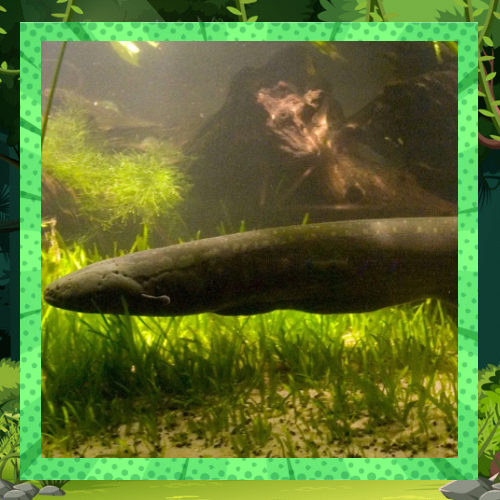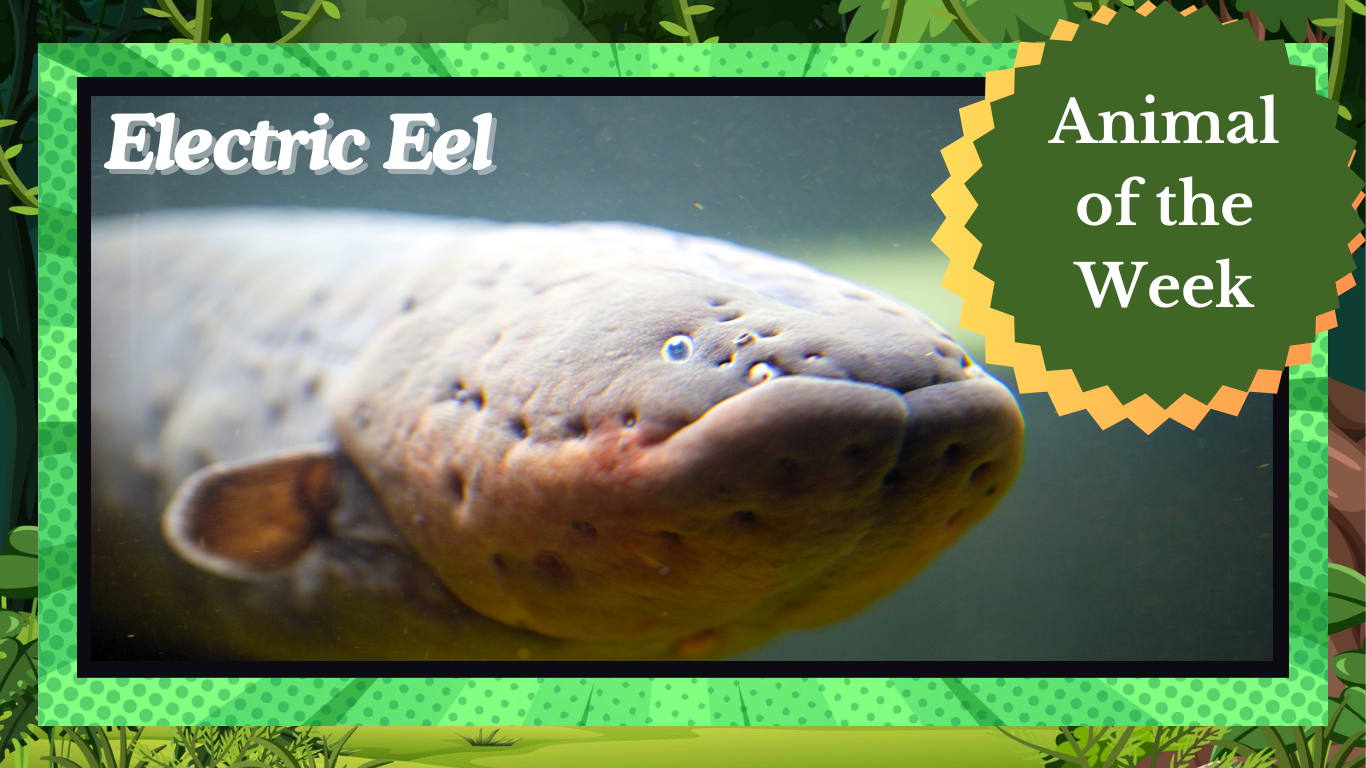The electric eel, one of nature’s most fascinating creatures, holds an exceptional place in aquatic ecosystems. Despite its name, the electric eel is not a true eel but rather a type of knifefish belonging to the family Gymnotidae. Found in the murky rivers and streams of South America, this fish has captivated scientists and enthusiasts alike with its ability to generate electricity.


Where Electric Eels Live
Electric eels inhabit slow-moving freshwater systems like the Amazon and Orinoco basins. These areas are characterized by dense vegetation and limited visibility, making the eel’s adaptations crucial for survival. They thrive in oxygen-poor environments by frequently surfacing to breathe air, thanks to a specialized organ that acts like a lung.
Electric Power: How It Works
Electric eels possess specialized organs that allow them to generate electricity. About 80% of their body is made up of three electric organs: the main organ, Hunter’s organ, and Sach’s organ. These organs contain thousands of electrocytes, which are specialized cells that store electric charge like tiny batteries.
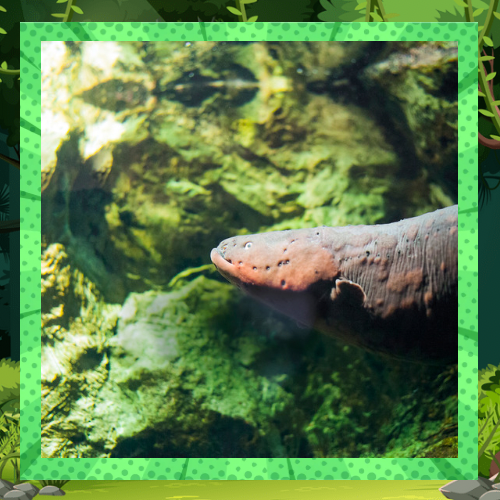
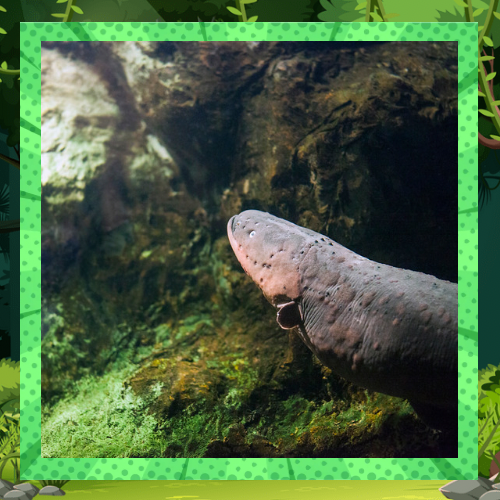
When the eel detects prey or a threat, these electrocytes discharge in a sequence, creating an electric current. The shock can reach up to 860 volts, which is powerful enough to stun prey or deter predators. Electric eels use low-voltage discharges for navigation and communication, functioning almost like a biological radar in their dark, turbid habitats.
Unique Hunting Strategies
Electric eels have developed a remarkable way to hunt. They can emit short bursts of high-voltage shocks to force hidden prey to move. In another impressive behavior, they sometimes leap out of the water to deliver shocks to larger threats. This technique enhances the impact of the shock by using their conductive skin to channel the electricity more effectively.
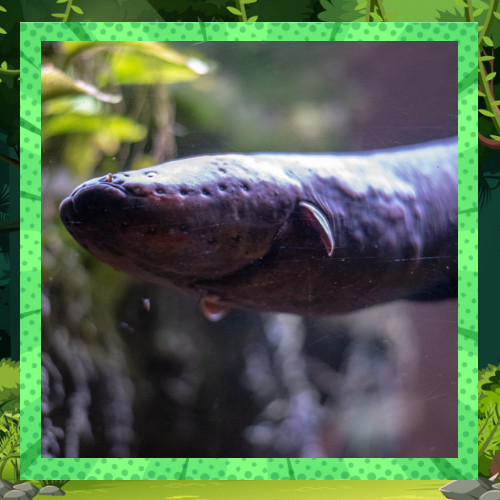

Fun Facts About Electric Eels
1.Not True Eels: Despite their name, electric eels are closer relatives to catfish than to true eels.
2.Multiple Shocks: An electric eel can release multiple shocks in quick succession, making it a formidable predator.
3. Breathing Air: Electric eels gulp air from the surface regularly since they rely on atmospheric oxygen to survive.
4. Electric Communication: They use low-voltage pulses to communicate with others, especially during the breeding season.
5. Length and Size: These fish can grow up to 8 feet long and weigh as much as 45 pounds.

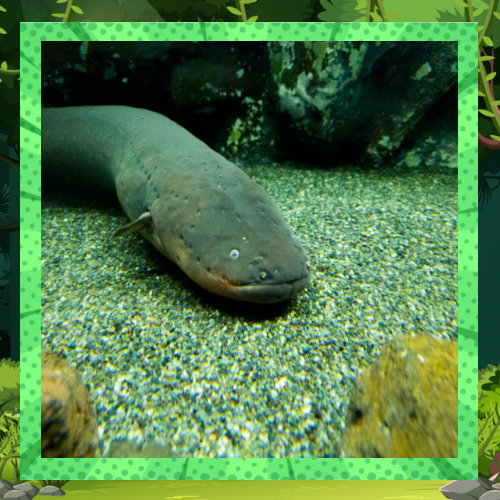
Adaptations for Survival
The electric eel’s ability to generate electricity isn’t its only adaptation. Its elongated body and reduced dorsal fin allow it to swim efficiently in narrow, cluttered waterways. It also has poor eyesight, relying instead on its electrical sense to locate prey and navigate.
Another interesting trait is its solitary nature. Electric eels are usually loners, coming together only for reproduction. Females lay their eggs in nests made from the male’s saliva, and the young are fiercely guarded during their early days.


The Role of Electric Eels in Science
Electric eels have inspired numerous scientific advancements. Their ability to generate electricity has fascinated researchers, leading to studies on bioelectricity and its applications. The structure of electrocytes has been studied to develop better batteries and energy storage systems.
Threats to Electric Eels
Although electric eels are not currently endangered, habitat loss poses a significant risk to their populations. Deforestation, pollution, and human activities in their native regions threaten the delicate balance of their ecosystems.


Why Electric Eels Matter
Electric eels are more than just shocking predators; they are an integral part of their environment. By controlling populations of smaller fish and insects, they help maintain the balance in their habitats. Their unique adaptations also make them a subject of endless curiosity and a symbol of nature’s ingenuity.
References
•Catania, K. C. (2016). Leaping eels electrify threats, supporting Humboldt’s account of a battle with horses. Proceedings of the National Academy of Sciences.
•National Geographic. “Electric Eel Facts.”
•Smithsonian’s National Zoo & Conservation Biology Institute.
